What Is an Oyster? How Do Oysters Make Pearls?

These enigmatic bivalve mollusks have long intrigued humanity with their alluring mystique.
One of the most remarkable aspects of oysters is their ability to produce pearls, which hold immense historical and cultural significance.
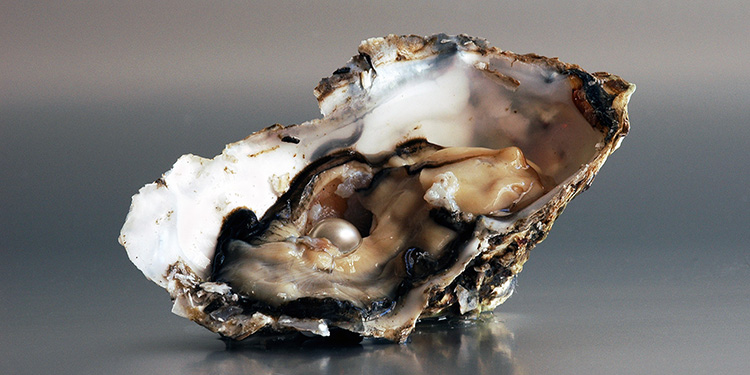
Pearls have been treasured throughout the ages, adorning royalty and symbolizing wealth, purity, and wisdom in numerous cultures worldwide.
But how do these magnificent gems come into existence?
Delve into the intriguing process as oysters expertly create pearls, transforming irritants into iridescent treasures.
Let’s dive deep into the secrets of oysters and the enchanting allure of pearls in history and culture.
Understanding The Oyster
This involves delving into its taxonomy, classification, and intricate anatomy.
Taxonomically, oysters belong to the family Ostreidae and are classified as bivalve mollusks, scientifically known as Ostreidae Ostreoidea.
Let's explore the fascinating anatomy of these intriguing creatures.
External Features
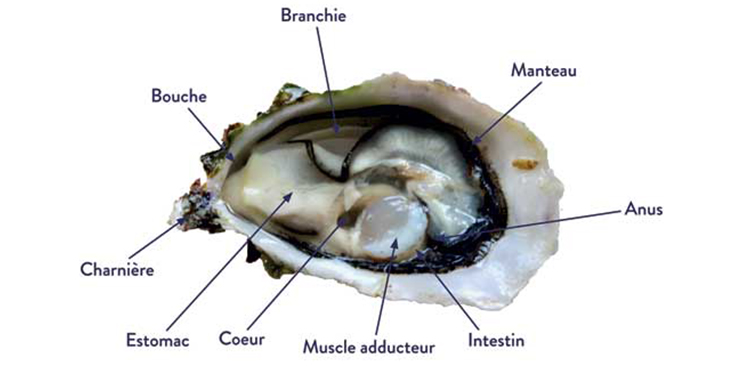
Oysters possess a distinctive hinged two-part shell, known as valves, which protect their soft inner body.
The outer shell is rough and irregular, aiding in anchoring the oyster to its substrate.
The shape and color of the shell can vary depending on the species.
Internal Structure
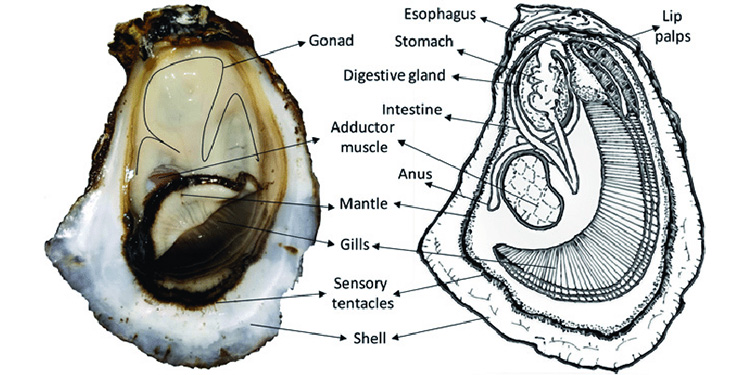
Inside the oyster's shell lies its remarkable internal structure.
The mantle, a thin membrane, lines the shell's interior and secretes the shell material, adding layers and forming the characteristic pearly lining.
The gills are another vital part of the internal structure in respiration and feeding.
Key Organs and Functions
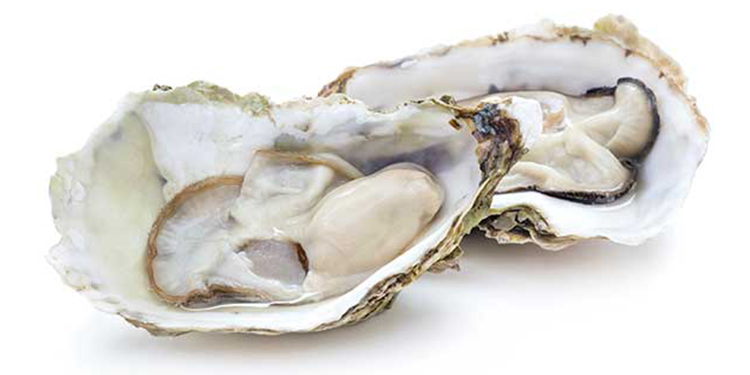
The oyster's organs play essential roles in its survival.
The gills facilitate respiration and filter food particles from the water, which are then transported to the mouth for ingestion.
The mouth leads to the digestive system, where nutrients are absorbed. The stomach and intestine complete the digestion process.
Additionally, oysters have a circulatory system, which helps distribute nutrients and oxygen throughout the body.
They lack an actual brain but possess a ganglia or nerve cluster, allowing for primary responses to stimuli.
Oyster Habitation and Distribution
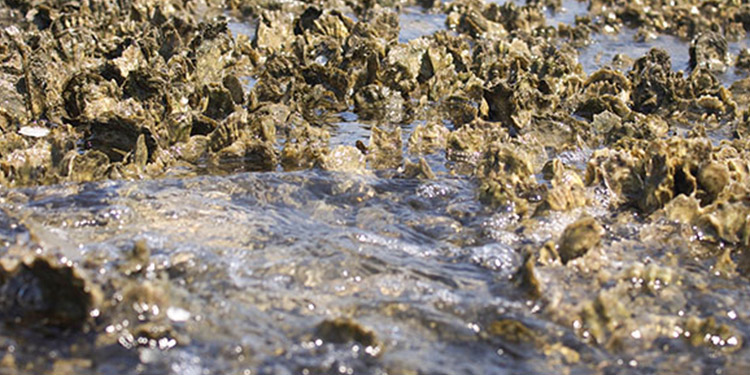
Oysters are highly adaptable creatures that thrive in various marine and brackish environments.
Their preferred habitats include estuaries, bays, and coastal regions, where they can find a suitable mix of saltwater and freshwater.
In these environments, oysters attach themselves to hard rocks or the shells of other oysters, forming oyster reefs or beds.
Regarding their distribution, oyster species are found across the globe, from temperate to tropical waters.
The native European flat oyster (Ostrea edulis) is commonly found along the Atlantic and Mediterranean coasts.
In North America, the Eastern oyster (Crassostrea virginica) is widespread along the Atlantic coast, from Canada to the Gulf of Mexico.
The Olympia oyster (Ostrea lurida) is local to the West Coast of North America.
The diverse habitats and wide global distribution of oyster species make them crucial components of marine ecosystems, as they provide valuable services such as water filtration and habitat creation for numerous marine species.
However, in some regions, oyster populations have declined due to over-harvesting, habitat destruction, and pollution, highlighting the need for conservation efforts for mollusks.
Oyster-Environment Interactions
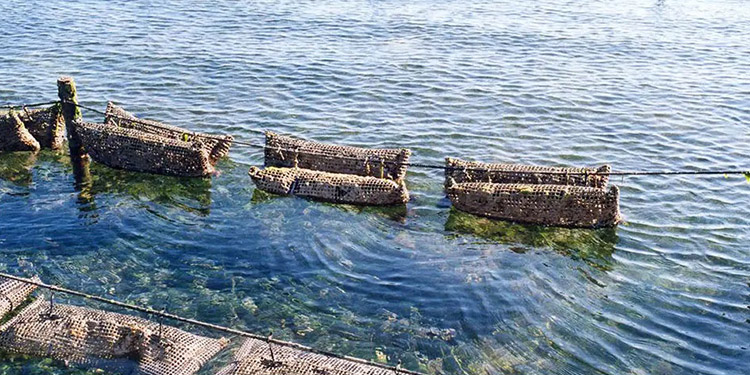
Oysters play a crucial role in their environment as ecosystem engineers.
These remarkable bivalve mollusks can modify and shape their surroundings, making them vital to the health of aquatic ecosystems.
One of the most significant contributions of oysters is their prowess in water filtration.
As filter feeders, they consume vast quantities of plankton and organic particles, effectively purifying the water they inhabit.
This filtration process helps maintain water clarity and improves overall water quality by reducing excess nutrients and contaminants.
Furthermore, oyster reefs act as natural barriers, protecting coastlines from erosion and mitigating the impacts of storms.
The intricate structure of their reefs provides habitat and protection for various marine species, supporting biodiversity and enhancing the resilience of coastal ecosystems.
Understanding and conserving these vital oyster-environment interactions is essential for safeguarding the delicate balance of marine habitats and preserving the myriad benefits they offer.
Pearl Formation: A Natural Miracle
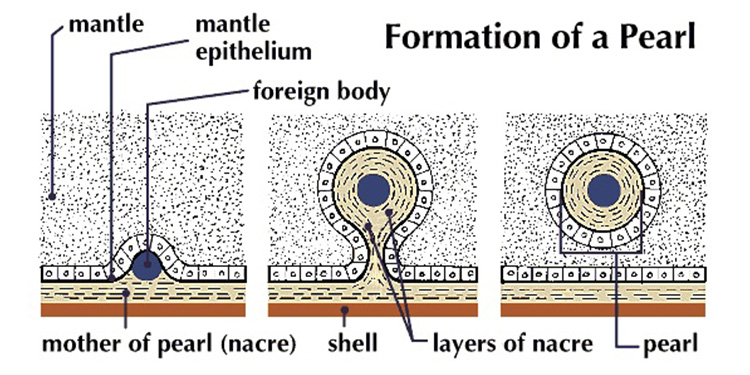
What Are Pearls?
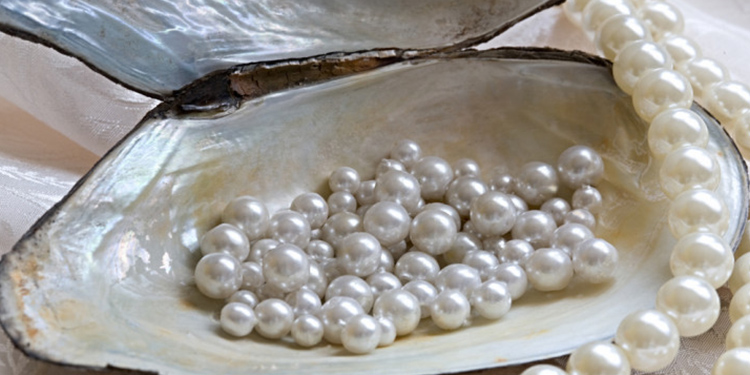
Pearls, nature's exquisite gems, have mesmerized humanity for centuries.
These lustrous treasures are formed inside certain mollusks, primarily oysters.
A pearl is a hard, spherical object created within the soft tissue of the oyster, composed of calcium carbonate deposited in layers known as nacre.
Nacre: The Secret Ingredient
Nacre, often called mother-of-pearl, is the secret ingredient behind the pearl's luminous beauty.
When an irritant, like a tiny particle or parasite, enters the oyster's shell, the mollusk's defense mechanism is triggered.
It covers the intruder with layers of nacre, gradually forming a pearl over time.
How Pearls Are Formed Inside Oysters
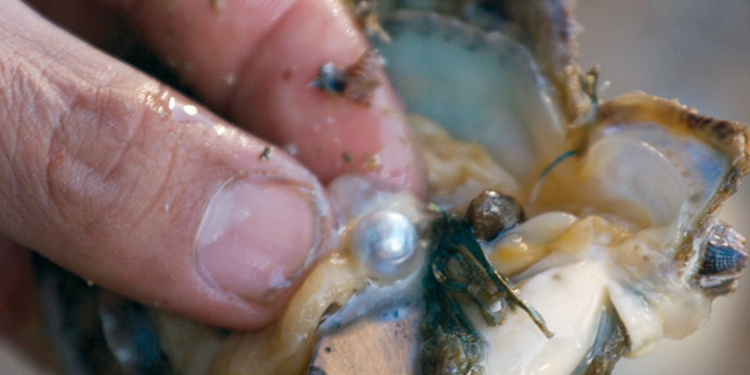
The process of pearl formation is a fascinating journey. A pearl can take several years to grow to a desirable size and shape.
The oyster's environment, including water quality, temperature, and food availability, significantly impacts the pearl's growth rate and quality.
Factors Affecting Pearl Formation
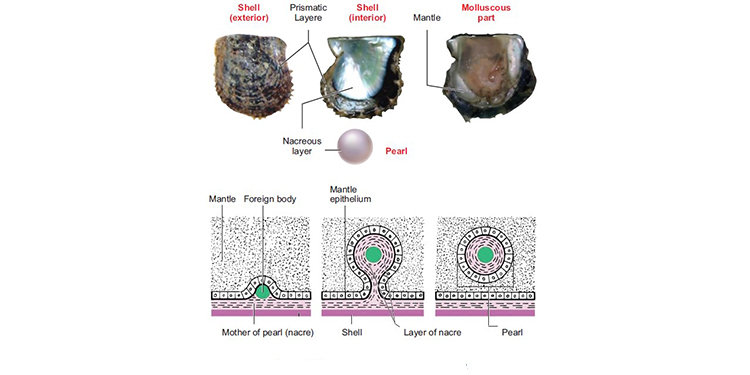
Various factors influence the outcome of pearl formation, making each one unique.
A pearl's size, shape, color, and surface quality depend on the oyster species, environmental conditions, and the initial irritant's characteristics.
Witnessing this natural miracle unfold sheds light on how nature transforms adversity into captivating beauty, leaving us amazed by the enigmatic allure of pearls.
Harvesting and Culturing Pearls

Pearl harvesting involves carefully retrieving natural pearls from oysters in their native habitats.
Cultured pearls, conversely, are produced through a deliberate process, where an irritant is inserted into the oyster to stimulate pearl formation.
Both methods require expertise and precision to obtain these exquisite gems.
History of Pearl Harvesting

The history of pearl harvesting dates back thousands of years, with evidence of humans gathering natural pearls from freshwater and saltwater mollusks for adornment and trade.
Ancient civilizations in Mesopotamia, Egypt, China, and India cherished pearls for their rarity and beauty.
In ancient Rome, pearls symbolized prestige and status among the wealthy elite.
During the Middle Ages, the demand for pearls surged, leading to the emergence of pearl divers in the Arabian Gulf and Indian Ocean regions.
However, natural pearl supplies dwindled due to overharvesting, prompting the search for alternative techniques to meet the ever-increasing demand.
Modern Pearl Cultivation Techniques:

Pearl Farms and Hatcheries:
With the scarcity of natural pearls, modern pearl cultivation techniques became essential.
Pearl farms and hatcheries, established worldwide, now play a pivotal role in producing cultured pearls.
In the late 19th century, Kokichi Mikimoto pioneered the successful culturing of pearls by introducing a nucleus into the oyster's mantle, stimulating the pearl-forming process.
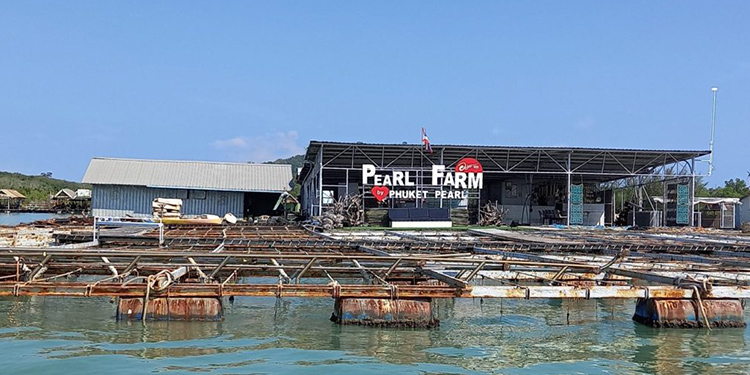
Pearl Harvesting Process:
In modern pearl cultivation, the process begins with carefully selecting healthy oysters for the cultivation process.
These oysters are placed in suitable environments, such as coastal waters or controlled saltwater tanks, where they are nurtured and protected from predators and environmental hazards.
To begin the pearl culturing, a tiny bead nucleus, and a small tissue are skillfully implanted into the oyster.
The mantle tissue catalyzes for the oyster to form the pearl sac.
Over time, the oyster continuously deposits layers of nacre, gradually coating the bead nucleus and forming a cultured pearl.
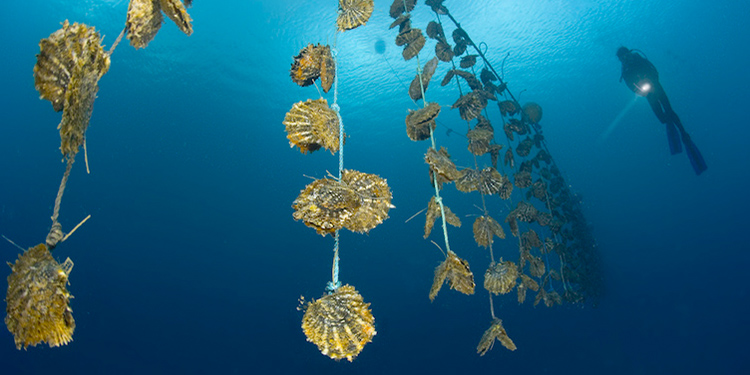
Pearls and Sustainability
Pearls, the lustrous gems adored for centuries, are not exempt from environmental considerations.
Pearl farming, a significant industry, can positively and negatively impact the environment.
The process involves placing irritants within oysters to stimulate pearl formation, which may result in habitat disruption and waste.
However, ethical and sustainable pearl practices have emerged to address these concerns.
Some farms prioritize responsible resource management, minimizing ecological damage, and promoting biodiversity.
Additionally, there's a growing emphasis on the ethical treatment of oysters, ensuring their well-being throughout the pearl cultivation process.
Sustainable pearl farming helps preserve marine ecosystems and supports local communities dependent on this trade.
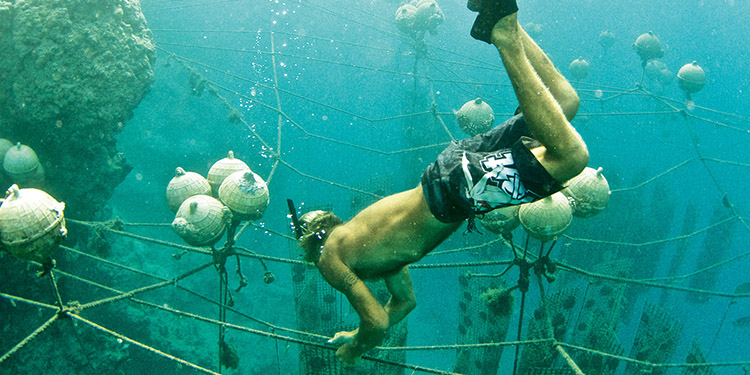
By choosing pearls from reputable sources, consumers can contribute to these mesmerizing treasures' conservation and sustainable future.
Summary
Oysters, enigmatic bivalve mollusks, have fascinated humanity for ages, especially their ability to produce pearls.
These lustrous gems hold historical and cultural significance, symbolizing wealth, purity, and wisdom.
Delving into oysters' intricate anatomy and the captivating process of pearl formation reveals their essential role in marine ecosystems.
Sustainable pearl practices have emerged to address environmental concerns, making it crucial for consumers to support responsible sourcing and conservation efforts to preserve these captivating treasures for future generations.
FAQs About Oysters and Pearls
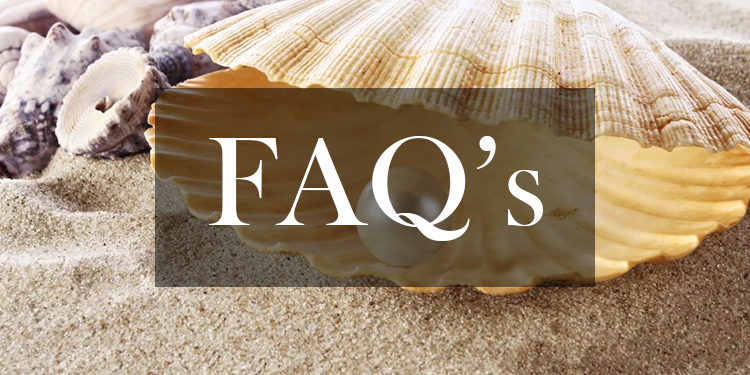
How long does it take for an oyster to form a pearl?
An oyster takes several months to several years to form a pearl.
When an irritant enters the oyster's shell, it secretes layers of nacre around it, gradually creating the pearl's shimmering beauty.
Can all oysters produce pearls?
No, not all oysters can produce pearls.
Only certain oysters, such as pearl oysters, can create pearls in response to irritants, while other oyster species do not possess this capability.
Are cultured pearls fake?
No, cultured pearls are not fake. They are natural pearls created through a deliberate process, where a foreign object is introduced into an oyster or mollusk, prompting the formation of a pearl.
Are oysters endangered due to pearl harvesting?
Currently, oysters are not considered endangered due to pearl harvesting.
However, unsustainable practices can pose risks to local populations and habitats.
Ethical and sustainable pearl farming helps mitigate potential impacts, ensuring the long-term health of oyster populations.
How do I care for pearl jewelry?
To care for pearl jewelry, gently wipe them with a soft, damp cloth after wear to remove oils and debris.
Store them separately to avoid scratching, and keep away from harsh chemicals and perfumes.
Regularly restring pearls for added longevity.
What is the rarest and most valuable type of pearl?
The rarest and most valuable type of pearl is the natural pearl, formed without human intervention.
These pearls are exceedingly scarce, making them highly prized and sought-after by collectors and connoisseurs worldwide.


Leave a Comment